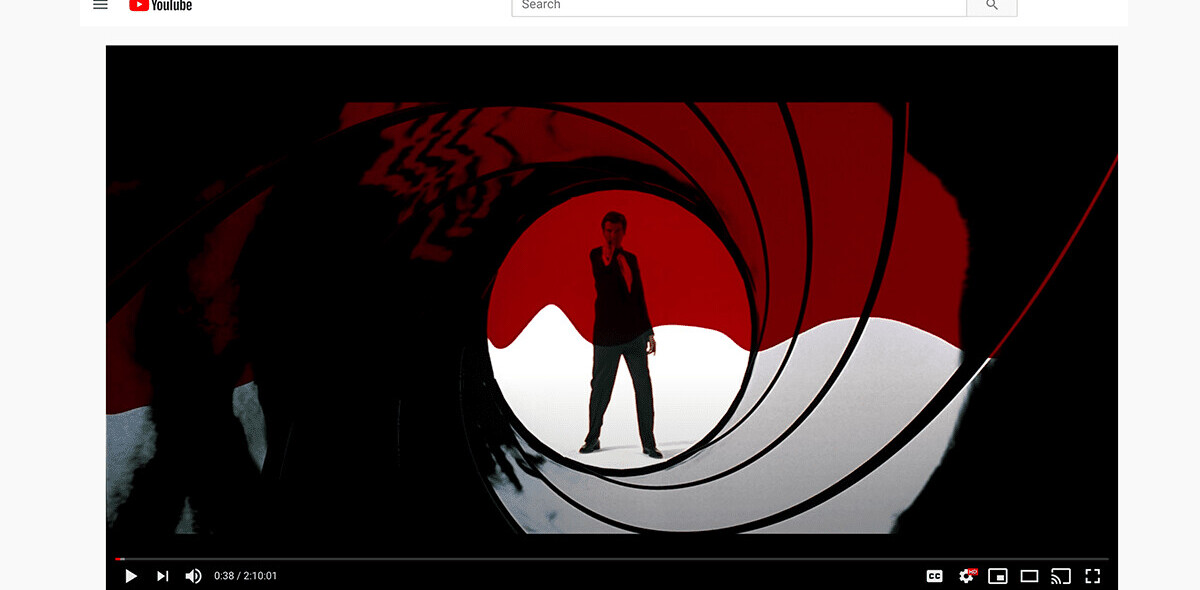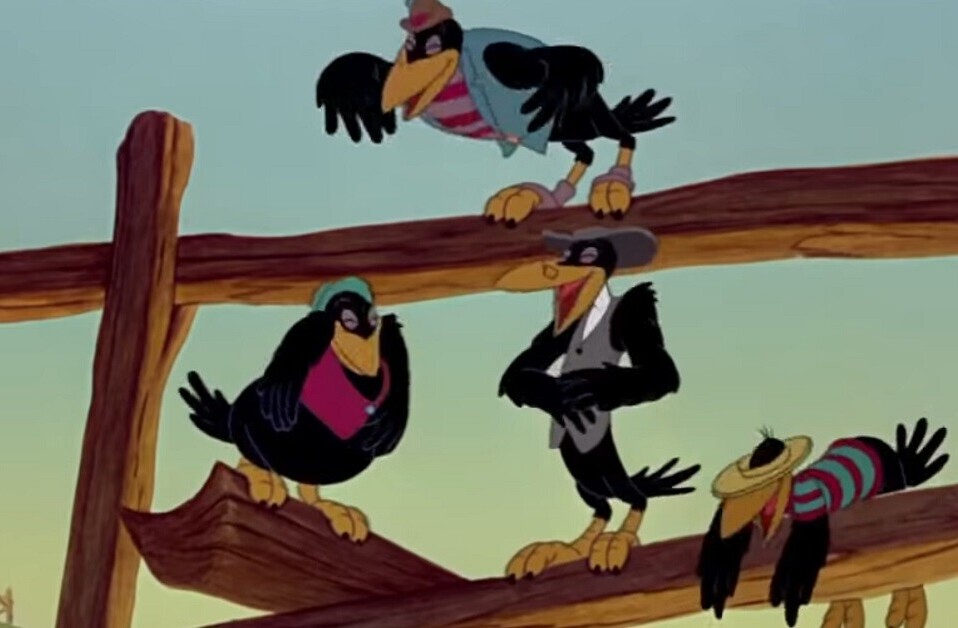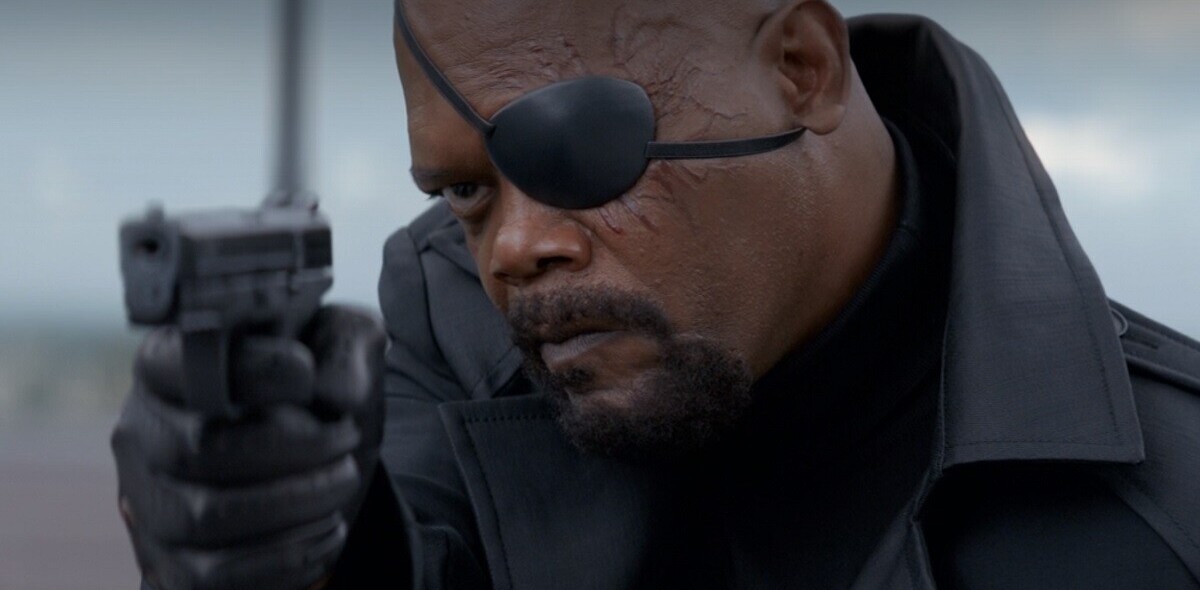
Nick Disabato might well be the most honest man in Chicago. While that may sound like shallow praise — Chicago is, after all, a city with a literally unparalleled level of corruption — I’m guessing you’ll agree by the time you make it to the end of this interview.
Disabato is a designer by trade and a publisher by choice. His first foray into the world of independent publishing was a small, charming book on interaction design called Cadence & Slang. The title was one of the first Kickstarter success stories, paving the way for many other self-published works whose authors learned from his experience. He’s also the founder of the Publication Standards Project, a group working towards full support of open publication standards for ebooks, better ebook licensing for libraries, and many other things that will help shape the future of reading.
His latest project, Distance, is a quarterly publication of long-form essays about design. [Disclosure: I contributed an essay on social game design to the first issue.] The publication just shipped issue number two, with essays on topics ranging from the challenges of working as an in-house designer to the way we evaluate the importance of the things we make.
As I type this, however, Distance is in jeopardy: the publication has not sold enough copies to cover the cost of printing and distribution, and is in danger of being shut down before the first year’s issues are complete. Disabato recently sent out a subscriber update detailing the publication’s financial situation, and even posted a page showing how far Distance has to go in order to pay its bills in two months.
Distance is far from the only successfully funded Kickstarter project to fall short of its production goals. But while others, like the Calvin & Hobbes documentary Dear Mr. Watterson, have come back to the community asking for more money to see the project through, Disabato is trying to save Distance the old-fashioned way: by working his ass off.
I interviewed Nick over email recently about his vision for the project, the realities of Kickstarting a sustainable business, and what he’s learned in the process.
TNW: Let’s talk a little bit about your background and previous projects. How did you get into publishing? When and how did Kickstarter come into the picture, and why did you choose to go with the platform for your first project, Cadence & Slang?
I came up with the idea for Cadence & Slang in late 2008, and had about half of the book written by the time Kickstarter launched in April 2009. At the time, I didn’t have much of a name for myself in my field – and it seemed like only established, famous folks wrote any major professional texts.
So after some thought, I decided to put Cadence & Slang on Kickstarter. I never sought a traditional publisher; that would have been plan B, were the Kickstarter to fail. It launched in September 2009, and I promised a ship date of the end of 2010. Without any advertising, and entirely by word of mouth, Cadence & Slang reached its funding goal five days before the project ended that December.
I got into publishing because I was an author and I needed a way to connect with my readers. Handling it myself seemed like the most efficient and honest way of doing that. And in the past few years, I’ve cultivated a love for the process, and have worked to get others involved with Distance.
TNW: What was your vision for Distance, and how does that compare to the reality now, two issues later?
I wanted a place for people to research big topics about our field and discuss the ramifications. I wanted a place for healthy critique of the essays we write. And I wanted to help folks out as an editor – to empower designers who may not commonly have a strong voice in the community, but still have ideas worth sharing.
It’s an ongoing process, with small wins here and there. The book itself looks great; I, and all of our authors, are extremely proud of the content we’re putting out. But I am not satisfied with the amount of critique around these essays, so we’re currently working on some ways to address that.
The realities of editorial life have been different from what I expected, too, with many more surprises about the ways that people approach their work. As a result, I have largely customized my editorial strategy to each individual.
I think many of these essays will make greater sense after some time has lapsed. None of Distance‘s essays are written to flame out in the short term, and all of them have lasting takeaways. Every time we release a new issue, we are building a canon of durable, thoughtful writing about design. That makes us more valuable over time, as people gain the confidence that they can buy a year of Distance issues and have a huge amount of interesting material to think about – now and in the future.
TNW: Throughout the project, you’ve been extremely transparent about the finances, down to [and] including the business’s financials in the original Kickstarter project. Your plan budgeted enough to cover the first issue of the publication, under the assumption that sales post-launch would finance the next issues. Now that the project is in financial jeopardy, how do you feel about that decision?
In everything I do, my goal is to be entirely honest and transparent. I work in public. If somebody asks me a question about any part of my process (as you are now!), I don’t screw around in answering it – the internet can smell a fraud, and so I try not to be one.
As the newsletter conveys, I feel pretty terrible about that decision. It was a tremendous risk, one I underestimated at the time. If I were able to launch Distance‘s Kickstarter again, I would have a $40,000 goal to cover the entire first year for our subscribers.
I have been disappointed at many recent Kickstarter projects that don’t fund the arts, “kickfinish” previously underfunded projects, or involve already-successful businesses glomming onto something cool. I would rather dig myself into five-figure debt than kickfinish Distance, because it goes against my own beliefs as a publisher and user of Kickstarter. I made a mistake, and I want to see it through.
TNW: What do you think are the major factors contributing to Distance‘s failure thus far to sustain itself financially, and what would you do differently knowing what you know now?
There are many:
- My failure to promote Distance 01 as hard as I could have after the Kickstarter ended.
- I half-assed the original website, and it probably deterred prospective readers after the Kickstarter ended. I have since redesigned the site.
- I overcharged on international shipping as a preventative measure. I have since reduced my international rates.
- I did not take advantage of the web strongly enough. I want Distance‘s readers to form a community, but it’s hard to do that without a suitable system in place. Towards that end, I am working on a web application that should hopefully address this.
- I failed to account for a decline in interest after Distance‘s novelty wore off. It takes effort to sustain that kind of momentum.
- I was not generous enough: I didn’t give any freebies of Distance 01 to the press or friends. I’m sure that hurt us indirectly. Now I gather addresses of press and close friends and have shipped nice packages ofDistance 01 and 02 to all of them.
Note that I am not blaming our readers for any of this. It’s all on me, and I’ll own every single bit of it.
TNW: How are similar publications (e.g. The Manual, A Book Apart) faring in the indie publishing market? Is anyone selling enough printed books to justify serving this market from a purely financial perspective?
I cannot speak to the finances or logistics of other publications. I occasionally chat with some of my colleagues to make sure we aren’t scheduling authors to write during the same time period, but that’s it.
I will say this, though: there is an insurgence of print-based, considerate, long-form writing around design and technology issues, and I think it is a good thing. This writing makes publishers and readers more careful and thoughtful in our own work, and it allows our industry to develop a canon of durable, interesting insights.
Whether that writing is profitable, break-even, or in the red is only relevant to the point that it causes more of that writing to exist. And I would like more of it to exist; therefore, I would like more of it to make money. IfDistance dies off, but A Book Apart (for example) explodes in sales and everybody gets their minds blown by each new book in their series, then we still all benefit – because someone, somewhere, is improving our industry’s conversation.
TNW: Tell me a little about your publishing process. You cut out the middleman by packing, shipping, and servicing all of your own orders.
Yes. Right now I pack and ship everything. If you have purchased a print copy of Distance, I guarantee you that it has passed through my hands in some capacity. Sometimes I sign copies, too, or write little notes to people inside them. I think that fosters an intimacy between a tiny indie publisher like myself and my readers, and I’m very happy to do it.
It also speaks to the broader sea change in the publishing industry: the only essential components are the writer and the reader, and everybody else (including, arguably, myself as editor) are expendable middlemen.
TNW: How much of a demand has this placed on your time? Was it worth it?
I spend a few minutes packing new orders every night before bed, and I mail them out on my way to work the next morning. And whenever I receive a glut of orders, I buy a keg of beer, invite some friends over, and we get an assembly line going.
Shipping Distance has fit into my routine just fine, and I doubly benefit because I don’t have to pay another middleman to handle shipping for me. I pass those savings on to our readers.
TNW: How far does this process scale before it becomes unsustainable for a single person?
I don’t know. I haven’t reached that point yet. It would be a very good problem to have. The hardest week was when Cadence & Slang was featured in Ars Technica’s holiday gift guide; I received four hundred orders in two days. But it wasn’t impossible to pull off.
TNW: What’s the split between print and digital-only sales for Distance?
About 45/55 print/digital. But all print editions come with a download of the digital bundle (PDF, ePub, Kindle) for free, because I don’t think anybody should pay twice for the same product.
TNW: Do you think that the publication has a better chance of surviving as a purely digital product?
I don’t know. I make more profit off of selling print copies, but it’s a greater upfront risk. I have considered nixing the print edition after Distance 04, but the drawbacks seem to outweigh the benefits right now. Lots of people love the print edition. I have developed a reputation for a high quality standard in my print work, and I think that bears out in the positive feedback I have received. Many of our customers would be supremely bummed to lose the opportunity to receive Distance‘s issues in print.
I have also considered printing digital instead of offset. Digital is cheaper for our needs, and it allows for shorter print runs.
TNW: Are people still willing to pay for original writing, either in print or digital? How has your experience with Distance changed or confirmed your opinion on this?
I have made over $25,000 in revenue on Distance, and over $48,000 in revenue on my first book, Cadence & Slang, so I think my experience proves people are willing to buy writing.
The deeper question is whether enough people are willing to buy writing to support all of the machinations, however stripped down, that are necessary to get that writing from our authors to readers’ faces. And I still have no idea. If I knew the answer to that question, I would know whether to shut Distance down tomorrow or change a few things and make a mint off of it.
TNW: What lessons do you think larger, more traditional print publications (e.g. the New York Times, the Wall Street Journal, or The Guardian) can take away from what you’ve learned starting a subscription-based print and digital publication in 2012?
I have never worked for a traditional print publication, so any grand, ill-informed pronouncements I will make about this should be taken with a very large grain of salt. So, here are some grand, ill-informed pronouncements:
The traditional news publishing model is dying – at least among the publications you named – because classified revenue has been eaten by Craigslist, advertising is becoming commoditized, and national and global reporting has become decentralized. (I don’t have any data at hand, but I believe these points are beyond debate by now.) This probably means most local news outlets should focus on local reporting only, and punt to the wire for everything else.
From a personal and political standpoint, I think this sucks, but what on earth can I do about it? If anything, I am part of the problem. I run AdBlock and Click2Flash on my browser, I Instapaper nearly everything, I never read long-form journalism in print, and I don’t want to stop doing any of those things.
Those are the rules of the game now. I would rather play by those rules and win. Some people are doing exactly that. The rest will die.
TNW: What lessons do you think smaller publishers, or anyone trying to Kickstart a self-sustaining project, can take away from your experience?
I love Kickstarter, and I think it makes sense for many different types of arts project. Well-executed projects have a discrete end, where you know that they are finished after X event happens. For example, withCadence & Slang, I was finished after I delivered all of my backer rewards, and then that was it.
Starting a business with Kickstarter is much harder, because you need to cultivate a sensitivity to business ramifications. (Arguably, it is also against the point of Kickstarter, depending on how you define the point of Kickstarter.) A successful Kickstarter project is all about PR, but a successful business is all about knowing how to run a business, which may or may not involve varying amounts of PR.
If you go with Kickstarter, do not – do not – underestimate your project’s expenses. You need to connect your project’s scope with its proposed budget, and you cannot launch until you have a solid, reasonable number in mind. As a backer of many Kickstarter projects, I can tell you this: receiving a backer update to kickfinish your project erodes my trust in you, and is highly unethical – it may even be illegal, considering your prior obligation to fulfill your backers’ original requests. And ultimately, that causes people to become bummed about Kickstarter itself – which might well be the biggest tragedy.
Finally, don’t forget to have fun.
Note: readers can subscribe or buy individual issues of Distance here.
Image Credit: Brent Knepper
Get the TNW newsletter
Get the most important tech news in your inbox each week.




